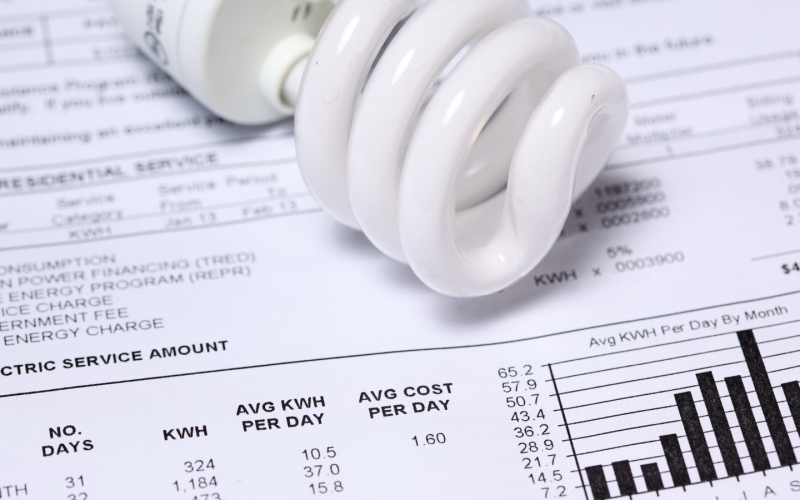Introduction
Energy consumption, and consequently, energy bills are a significant concern for care homes. High utility costs can take a toll on operational budgets and overall sustainability. As such, saving on gas and electricity bills isn’t just a necessity – it’s an imperative. But how exactly can care homes achieve this?
The Importance of Energy Efficiency in Care Homes
Understanding the Energy Usage in Care Homes
Each care home is unique, and so too is its energy consumption. Factors such as size, number of residents, and the type of care offered all influence energy usage. Therefore, understanding these dynamics is key to identifying opportunities to Save On Bills.
The High Cost of Energy Inefficiency
Energy inefficiency has both financial and environmental costs. Care homes that consume more energy than necessary are faced with high utility bills, straining their budgets. Moreover, excessive energy consumption contributes to greenhouse gas emissions, exacerbating climate change.
Strategies to Save On Bills
Effective Energy Management
One of the most powerful tools to save on bills is effective energy management. This involves tracking energy usage, identifying inefficiencies, and implementing corrective actions.
Implementing an Energy Management System
An energy management system can help care homes monitor energy consumption and identify areas for improvement. These systems can provide real-time data on energy usage, enabling care homes to make immediate adjustments as necessary.
Regular Energy Audits
Regular energy audits can help care homes identify inefficiencies and opportunities for improvement. By thoroughly examining energy usage, care homes can develop targeted strategies to reduce consumption and save on bills.

Adopting Renewable Energy Sources
Renewable energy sources, such as solar and wind power, can significantly reduce a care home’s reliance on traditional energy sources, leading to substantial cost savings.
Optimizing Heating and Cooling Systems
Heating and cooling systems are among the largest energy consumers in care homes. Therefore, optimizing these systems can lead to significant savings.
Insulation and Weather Stripping
Proper insulation and weather stripping can dramatically reduce heat loss, thereby reducing the need for excessive heating or cooling.
Efficient Heating and Cooling Systems
Investing in efficient heating and cooling systems can be a game-changer. While the initial cost may be high, the long-term savings can be substantial.
Case Study: Success Story of a Care Home
To illustrate, let’s consider the example of a care home that managed to cut its energy bills in half. The care home implemented an energy management system, conducted regular energy audits, optimized their heating and cooling systems, and adopted solar power. The result was a drastic reduction in their energy bills, demonstrating the power of effective energy management.
Conclusion
In conclusion, saving on gas and electricity bills in care homes involves understanding energy usage, implementing effective energy management strategies, and optimizing heating and cooling systems. By adopting these strategies, care homes can reduce their energy bills, contributing to their financial sustainability and environmental responsibility.









